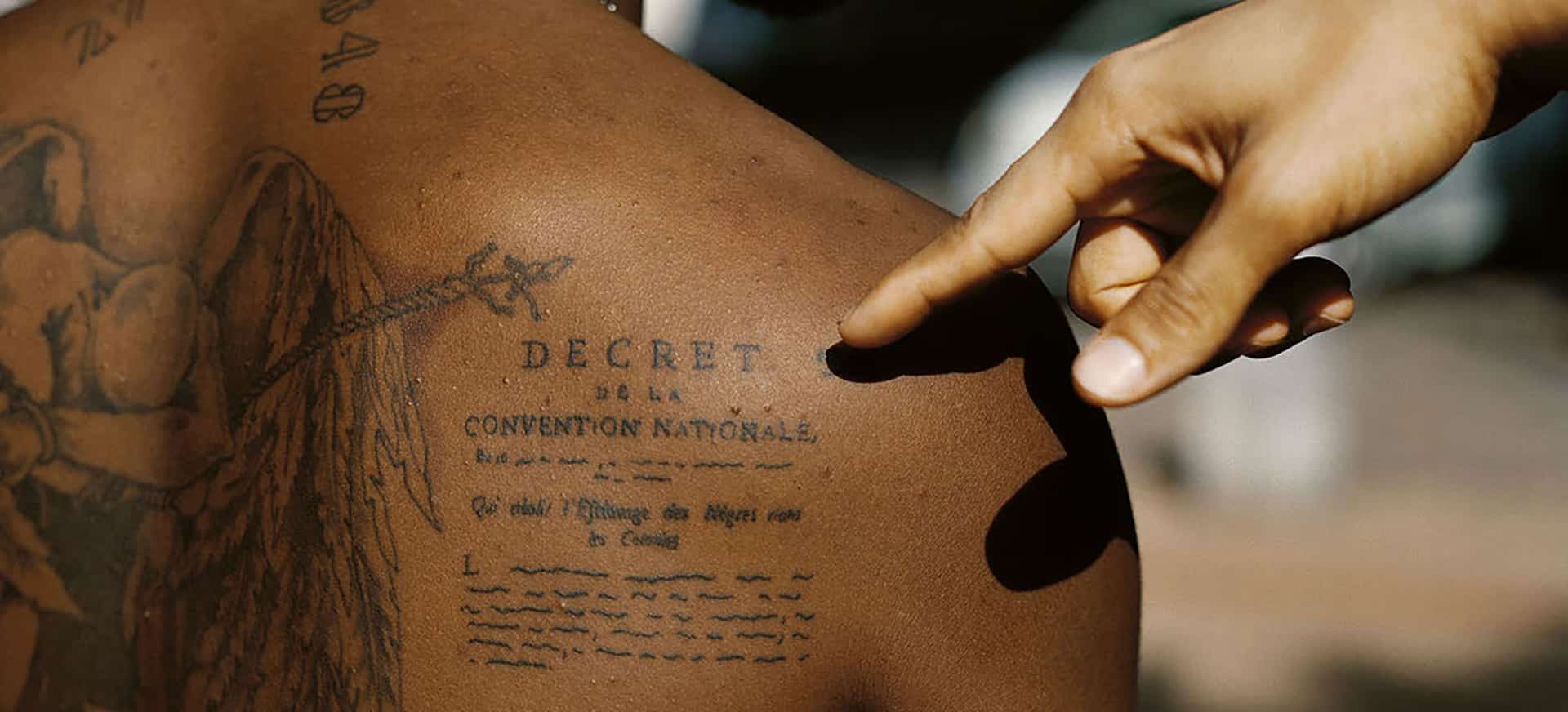Gregory Halpern‘s “Let the Sun Beheaded Be” series highlights the colonial legacy of slavery in the archipelago’s land and population. Images as vivid as they are delicate, fraught with symbolism.

You’re getting blind.
Don’t miss the best of visual arts. Subscribe for $9 per month or $108 $90 per year.
Already suscribed ?


